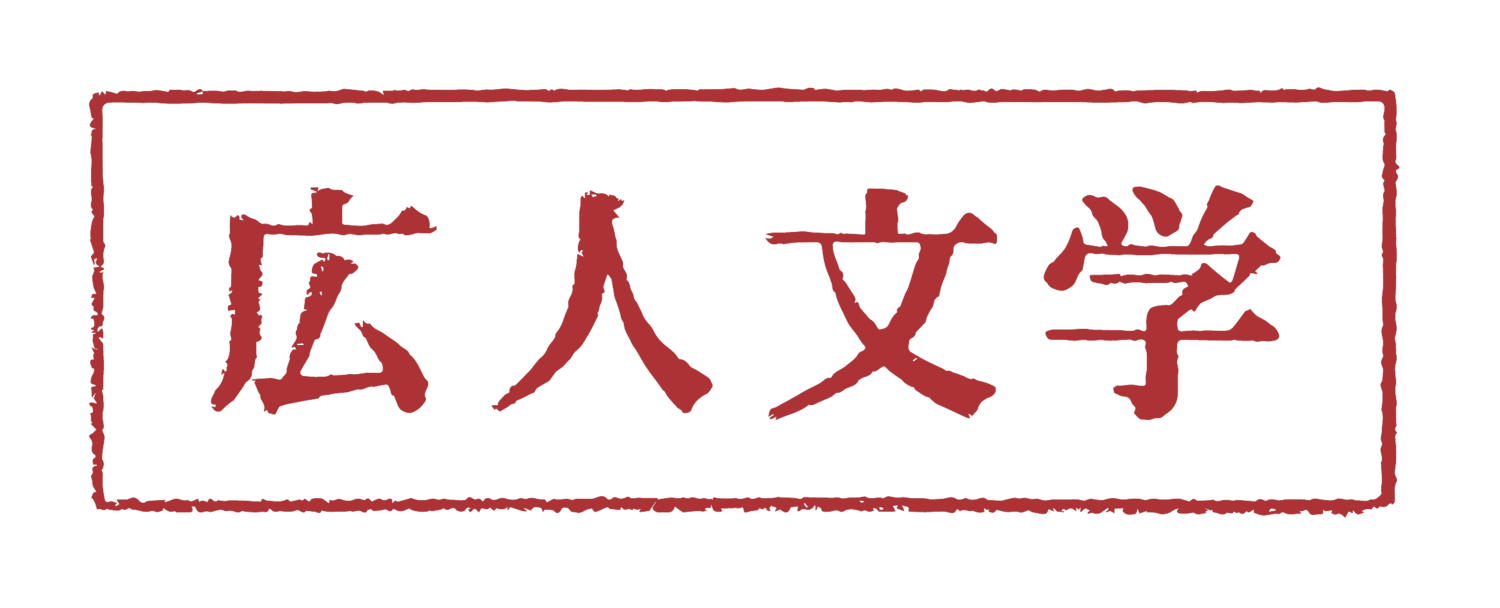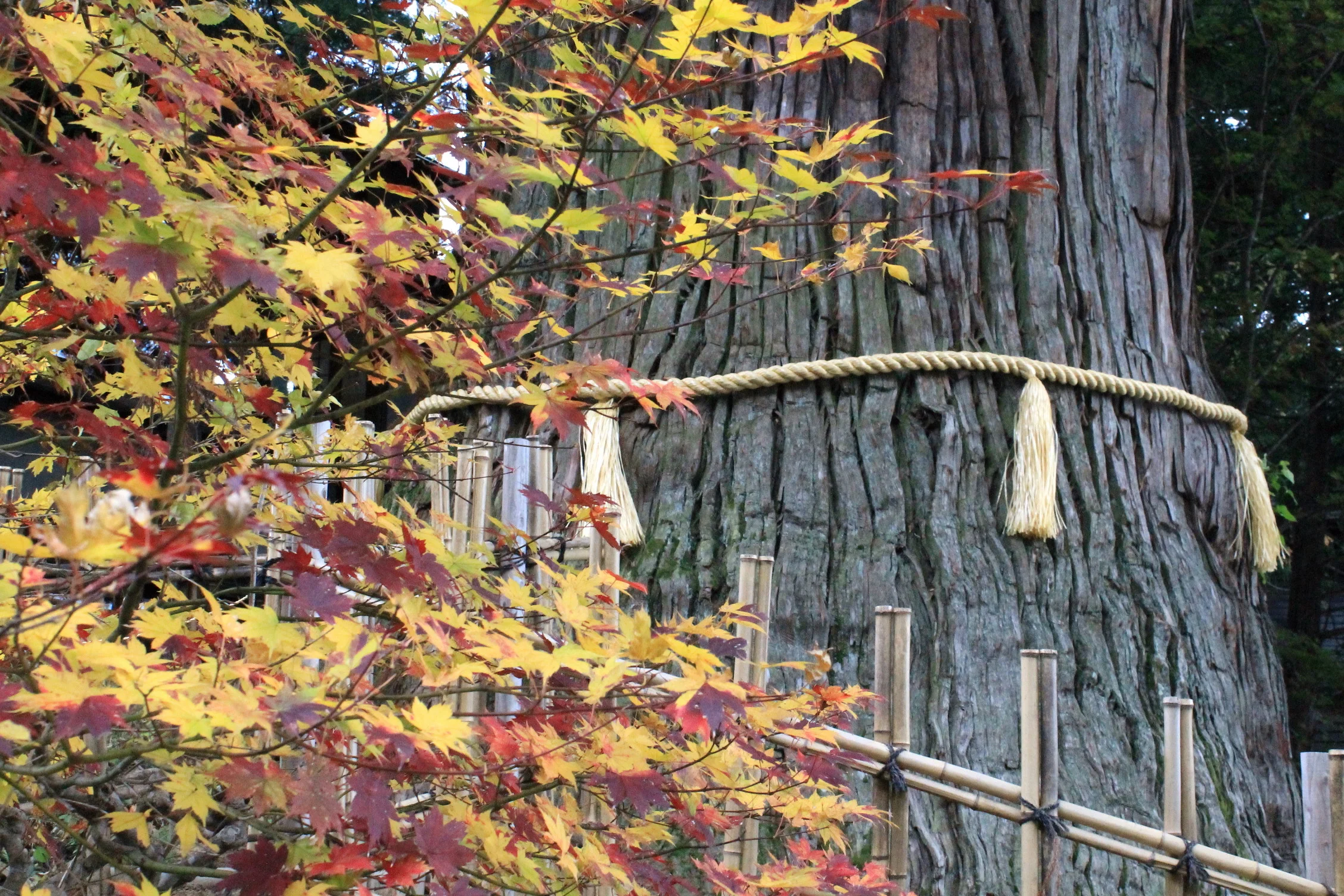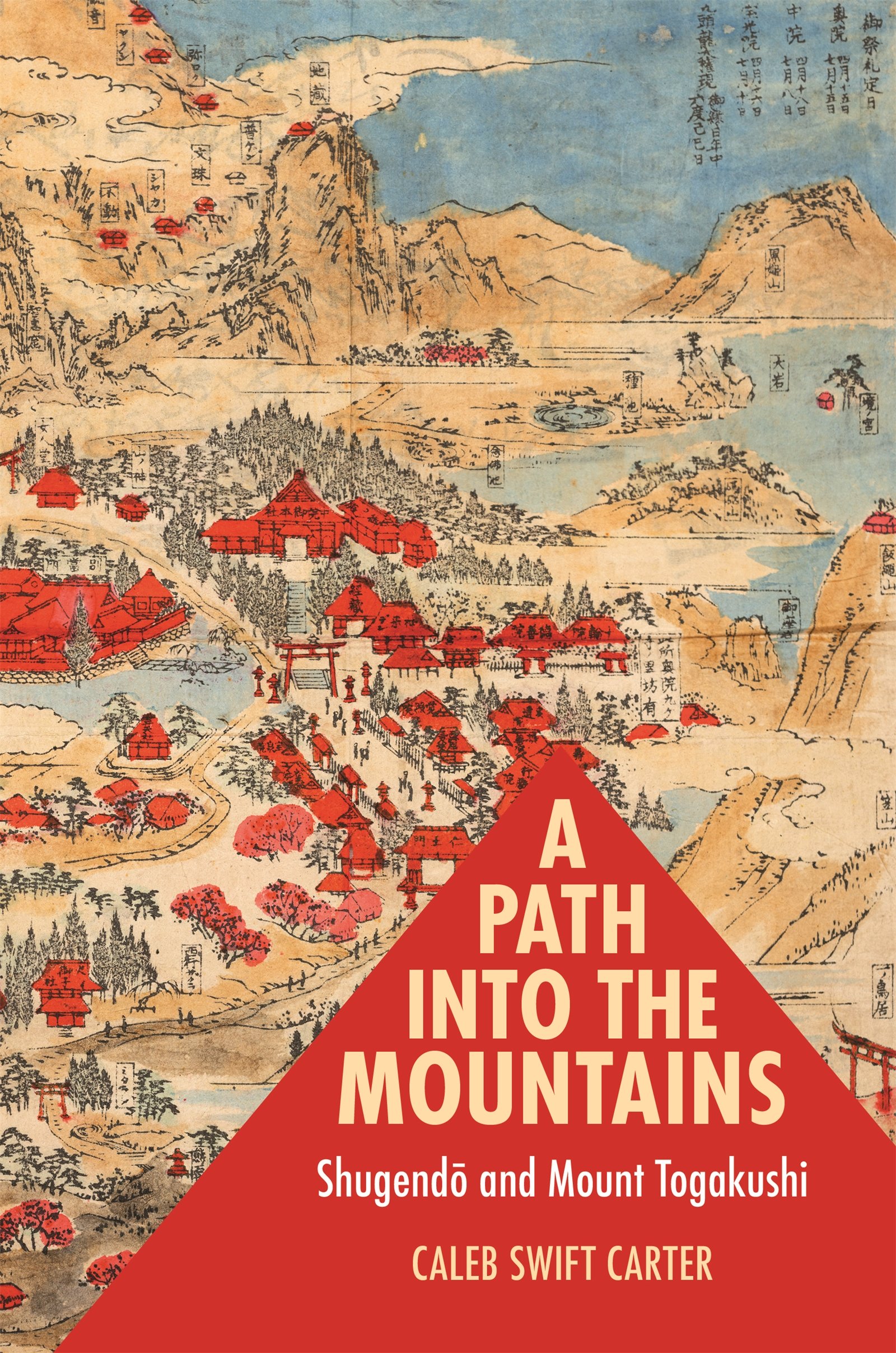My research and teaching revolve around interests in the cultural formation of religion and religious sites with contingent issues regarding narrative and folklore, women and gender, the environment, and modernity. I have a B.A. in Philosophy from Colorado College and received my MA and PhD in Buddhist Studies from the Asian Languages and Cultures Department at UCLA. Before coming to Kyushu, I taught courses at UCLA and Johns Hopkins University.
My first book, A Path into the Mountains: Shugendō and Mount Togakushi (University of Hawai’i Press, 2022), offers a fundamental rethinking of how religion forms at the regional and transregional levels. Through an investigation of Mount Togakushi (Nagano Prefecture) from the late thirteenth through mid-nineteenth centuries, I draw on legends, myths, miracle tales, doctrinal works, and travel literature as well as material sources (iconography, epigraphy, and woodblock prints) in tracing the development of Shugendō, Tendai Buddhism, and Shinto. I focus on three agents of change at Togakushi—narrative, ritual, and institution—that offer a novel approach to examining the formation of religious sites and traditions. The chapters of the book cover subjects that include women’s participation and exclusion from the site, Buddhist asceticism and ritual culture, the economics of pilgrimage, and the importation and localization of religious systems.
My interests in pilgrimage, space and place, and contemporary religious practices have also led me to research and publish on the themes of ‘dark pilgrimage’ in the Edo period, early modern religious place-making, and the present-day phenomenon of ‘power spots’ in Japan.
I currently have two projects underway. The first explores religious elements in the emergence of modern mountaineering in Japan. An activity long viewed as a secular sport, I identify social and material links between alpinists and local devotional communities as well as the active assemblage of novel intellectual categories—tradition, sport, religion, spirituality, secularism, and nature—in the formation of alpinism. I spent the 2024-25 academic year in residence at the Harvard-Yenching Institute conducting research on the project and am currently preparing a book on it, tentatively titled Ascendance: Mountain Climbing, Spirituality, and the Making of Modern Japan.
The second examines the ritual culture of autographic seals (senshafuda) at temples and shrines in Japan. Taking these seals as a form of ‘religious graffiti,’ I examine their early modern use in pilgrimage practices and contemporary controversies such as cultural heritage protection and changing notions of temple proprietorship.
My graduate seminars at IMAP center on themes regarding pilgrimage, sacred space, narrative, gender, and the environment, but I tend to tailor them to our current students’ research interests. Past seminars include “Mountain Religions,” “Vernacular Figures in Japanese Religions,” “Place in Japanese Religions,” “Buddhism and the Environment,” “Women and Gender in Japanese Religions,” “Japanese Folklore: Methods & Monsters,” “Japan in the Field: Studies and Approaches,” and a translation course on premodern Japanese religious texts.
I will be on research leave for the 2024-25 academic year, in residence at the Harvard-Yenching Institute in Cambridge, MA.
Publications
Books
A Path into the Mountains: Shugendō and Mount Togakushi. University of Hawai’i Press, 2022.
Ascendance: Mountain Climbing, Spirituality, and the Making of Modern Japan (manuscript in progress)
Select Essays and Articles
“The Metamorphic Spirit: Mountaineering, Secularity, and Spirituality at the Turn of Japan’s Twentieth Century.” Religion 55/2 (2024), 393–410.
“Mountains.” In The New Nanzan Guide to Japanese Religions, eds. Jolyon B. Thomas and Matthew D. McMullen, 213–228. Nanzan Library of Asian Religion and Culture, University of Hawai‘i Press, 2025.
“From Hucksters to Holy Men: Reimagining the Mountain Ascetic in Late Medieval Japan.” Journal of Religion in Japan 12/2 (2023), 127–151.
“Whose Place Is It? Layers of Community and Meaning in the Land of Shinto and Power Spots.” In Oxford Handbook of Religious Space and Place, ed. Jeanne Kilde. Oxford University Press, 2022.
“Adding Value (with Limits): Pilgrimage and Women’s Exclusion in Japan’s Sacred Mountains.” Hualin International Journal of Buddhist Studies 2: 2 (2019), 1–30.
“The Demonic Landscape: Oni Legends and the Making of Japan’s Early Modern Countryside.” Japan Forum 31, no. 4 (2019), 467–486.
“Power Spots and the Charged Landscape of Shinto.” Japanese Journal of Religious Studies 45, no. 1 (2018), 147–175.
“Constructing a Place, Fracturing a Geography: The Case of the Japanese Tendai Cleric Jōin.” History of Religions 56, no. 3 (2017), 289–310.
乗因の作り変えた山王一実神道―戸隠山の位置をめぐって [Jōin’s Transformation of Sannō Ichijitsu Shintō: Considering the Role of Mount Togakushi]. 季刊日本思想史 82 (2017), 90–106.
Media
Interview (podcast): Outland Japan, Shugendō and Mount Togakushi
Interview (podcast): New Books Network, A Path into the Mountains (UH Press, 2022)
Interview (podcast): Deep in Japan, Shugendō
Interview (podcast): Beyond Japan Podcast, power spots in contemporary Japan
Interview (website): “Connecting the Past and Present of Shugendo – The Revival of Japan’s Ancient Mountain Ascetic Tradition, Part Two,” by Alena Eckelmann, Buddhistdoor Global



